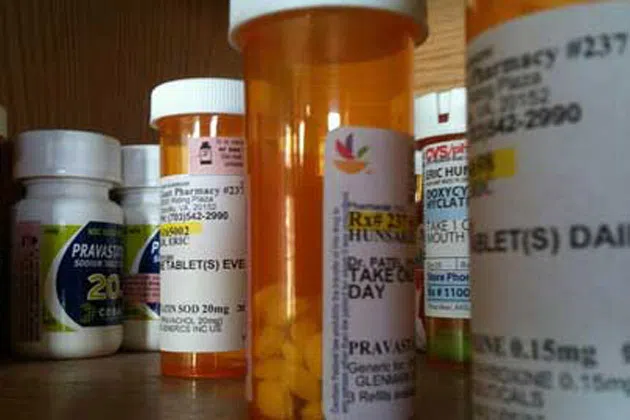
By Illinois Radio Network
SPRINGFIELD – When the nation’s doctors began moving away from opioid-based pain medication for patients injured on the job, prescribers in many states shifted patients to traditional pain medication while those in Illinois turned patients to significantly more expensive alternatives.
In its annual CompScope report, the Workers Compensation Research Institute found that at $192, the average cost of payments per prescription in work-related injury cases in Illinois was the highest among any of the 17 states the organization studies.
“In 2017, the average payment per prescription increased nearly 20 percent, driven by dermatological agents,” the report said, showing the increase pushed the overall average prescription cost over an entire claim to $1,061.
The report described dermatological agents as prescription strength and over-the-counter pain medications such as lidocaine patches or topical creams.
Other states had little more than a 10 percent cost increases, according to the report. The other driver of higher prices in Illinois was physical medicine, the report said.
The shift away from traditional painkillers was due to the Centers for Disease Control and Prevention updated guidelines for prescribing opioid-based pain medication, the report said. Then, there was a shift away from compounded drugs to what experts said is likely topical agents, drugs that are much more expensive in Illinois than in other states.
“The average payment per claim for a dermatological agent in Illinois was about $240,” said Evelina Radeva, a policy analyst with WCRI and the report’s author. “In other states, the average payment for those types of drugs was between $50 and $70.”
After lawmakers reformed the workers’ compensation system in 2011, costs for medical payments per claim fell, but then began to rise slowly due to inflation. Part of that change put Illinois in charge of payments for prescriptions outside of a licensed pharmacy, Radeva said.
Joe Paduda, president of CompPharma, a research and consulting shop that focuses on pharmacy and workers compensation, surveyed more than two dozen providers nationally for a report of his own. It found a 10 percent decrease in costs, compared to Illinois’ 20 percent increase.
“What you’re seeing in Illinois is essentially a thirty-point swing from the average state that’s clearly driven by the overuse of topicals,” he said. “When Illinois got much better control of these compound medications, the physicians who were prescribing these evidently switched over to these topicals.”
Topicals are largely unregulated and arguably aren’t as effective, Paduda said.
“Quite frankly, when a physician says ‘we’re substituting an opioid for a topical’ what that really says is that they never should have prescribed the opioid in the first place.”
Illinois Radio Network can be reached at News@WJBC.com.





